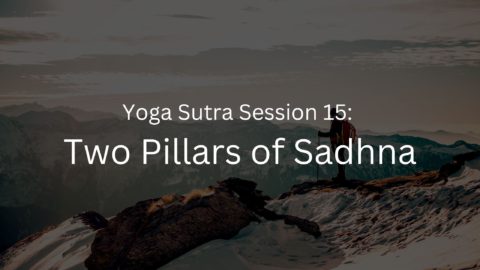Prakriti
- Illumination, Activity and Stability: Prakriti is an intricate tapestry woven with the threads of three gunas: sattva, rajas, and tamas – illumination, activity, and stability – each thread contributing uniquely to the fabric of existence.
- Sattva is illumination or purity; rajas is activity or passion; and tamas is stability or inertia. They are considered the fundamental qualities of Prakriti that interplay to create the diverse forms and phenomena of the universe.
- The flux of the gunas shapes our experiences – no state is permanent, as their dynamic dance creates and dissolves patterns of consciousness and matter.
- Seer and Seen: The distinction between the Seer and the Seen is a profound revelation; the Seer is the soul, a spectator beyond the sensory curtain, witnessing the play of Prakriti without entanglement.
- The Seen is the objective reality – the world of matter and phenomena, constantly changing, that which is perceived by our sensory faculties.
- Yoga teaches us that suffering arises not from the presence of the Seen but from the Seer’s misidentification with it, mistaking the impermanent to be permanent.
- The Seer observes; the Seen changes.
- Prakriti: Prakriti, the natural world, it is the multiplicity of matter we perceive, composed of the three gunas. It works in service to Purusha for the sake of the soul’s evolution towards self-realisation.
- Prakriti, shaped by the gunas, serves as the observable universe that facilitates our spiritual journey.
- Prakriti is the natural order of existence, the environment that hosts the dance of the gunas, and the mother of all that which is matter, both gross and subtle.
- It encapsulates all material entities, from cosmic to cellular, all morphing under its laws.










